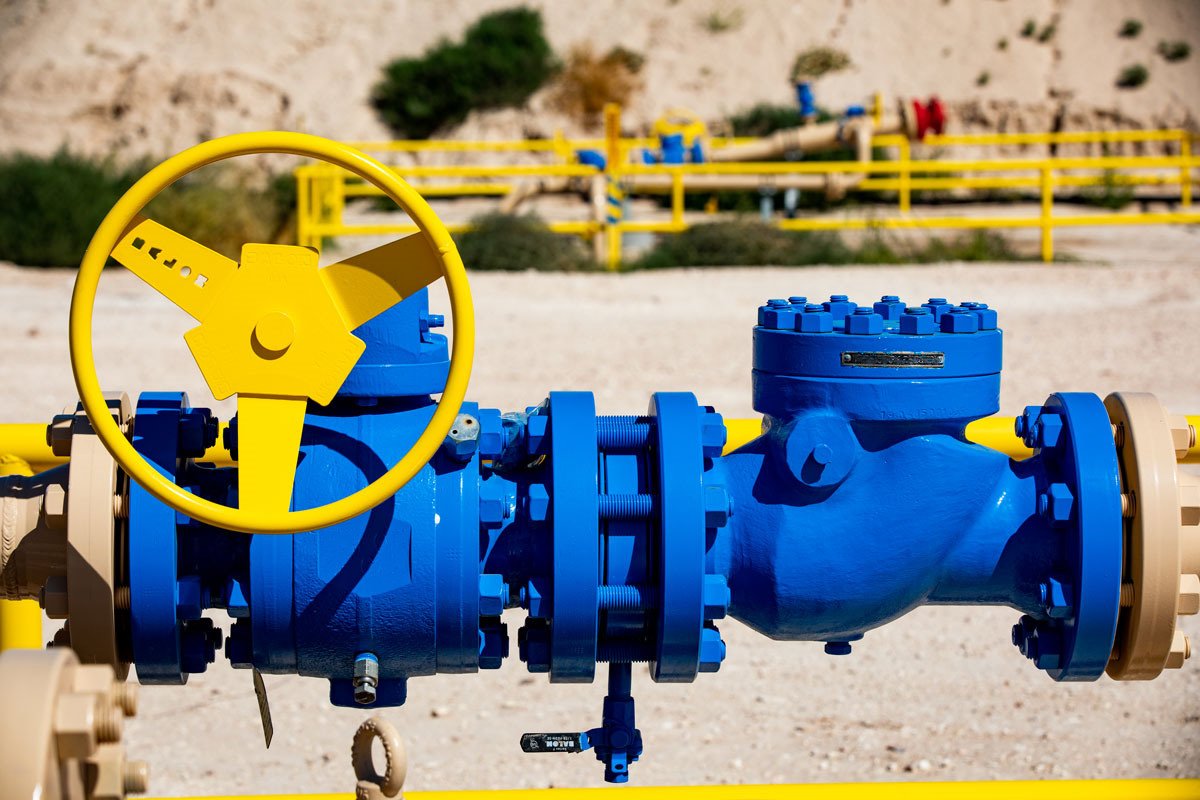Ball valves are a critical unit of industrial fluid control, as they are well known to function in one of the best ways to handle liquids and gases. Floating ball valves and trunnion ball valves are among the most commonly used ball valves. The pros and cons of each type of air filter, as well as their advantages and applications, are different and tailored to different scenarios.
In this article, we will get a closer look at the differences, pros and cons, price factors, and applications of floating ball valves and trunnion ball valves in real life to be able to guide you in making your decision.
What Are Floating Ball Valves?
Definition and Design
A floating ball valve does have a ball without any connection to trunnion or support structure at the base. In stead the ball holds its position by the force of compression of valve seats and the pressure of the flowing fluid. This is a design that makes the ball ‘float’ inside of the valve body.
- Design: It is mounted in the area where it is necessary for the ball to be connected to a stem to either be rotated 90 degrees and thus open or close the required valve.
- Sealing mechanism: In this position, the pressure of the fluid forcing shut closes the ball on the valve seat, making it tightly closed. However, due to their inherent sealing feature, the floating ball valves are suitable to be used in areas or processes where leakages are not advisable or tolerated.
What Are Trunnion Ball Valves?
Definition and Design
A trunnion ball valve refers to a valve that has a ball that is mounted on a trunnion at the bottom end and is seated on the body of the valve. A trunnion is an essential component of the valve as it operates on a revolving system that minimizes the twisting force that the valve has to exert.
- Operation: The ball of the trunnion valve is not free to move as aforementioned, and the valve seats move slightly to come into position.
- Sealing mechanism: Because of the usage of body, bonnet, and pressure seal, trunnion ball valves are equipped with spring-loaded seats that enable them to maintain consistent sealing even under high pressure.
Key Differences Between Floating Ball Valves and Trunnion Ball Valves
| Feature | Floating Ball Valve | Trunnion Ball Valve |
|---|---|---|
| Ball Design | Free-floating ball held in place by seat pressure | Anchored ball supported by a trunnion |
| Torque Requirements | Requires higher torque for operation | Lower torque due to fixed ball design |
| Pressure Handling | Ideal for low to medium pressures | Suitable for high-pressure applications |
| Leakage Prevention | Excellent for preventing leakage | Provides reliable sealing under extreme conditions |
| Durability | Limited durability under high pressures | Highly durable and long-lasting |
| Applications | General-purpose industrial use | Heavy-duty, safety-critical operations |
| Cost | Generally less expensive | Higher initial cost |
Real-World Applications: Floating vs Trunnion Ball Valves
1. Floating Ball Valves in Small-Scale Systems
In water treatment plants, an application of floating ball valves is found to be useful when it comes to regulating water flow in low-pressure lines. This makes them suitable for situations where the maintenance and replacement may be required at regular intervals More principally, their design is compact and they are considered cost efficient.
2. Trunnion Ball Valves in Oil and Gas Pipelines
In the oil and gas industry, trunnion ball valves are installed in high-pressure pipelines transporting crude oil or natural gas. For example:
- Oil Refinery Pipelines: Trunnion ball valves ensure no leakage under pressures exceeding 10,000 psi.
- Offshore Platforms: These valves are preferred due to their ability to handle extreme temperatures and pressures.
Floating Ball Valve vs Trunnion Ball Valve Price
Factors Affecting Price
Material: Stainless steel and exotic alloys (e.g., Inconel) increase the cost.
Size: Larger valves are more expensive due to higher material usage.
Pressure Rating: High-pressure trunnion valves are more costly than low-pressure floating valves.
Automation: Adding actuators significantly raises the price.
General Price Range
Floating Ball Valves: $50–$500 (depending on size and material)
Trunnion Ball Valves: $300–$5,000+ (depending on specifications)
Conclusion
Both floating ball valves and trunnion ball valves are essential tools in fluid control systems, each with distinct advantages. Floating ball valves excel in low-pressure applications and cost efficiency, while trunnion ball valves are best suited for high-pressure, heavy-duty operations.
When selecting between the two, consider the pressure requirements, fluid characteristics, budget, and maintenance needs of your project. Regardless of your choice, ensure you source your valves from a reliable manufacturer.


